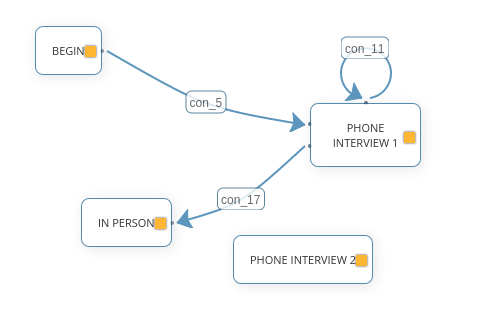


Particularly, this review unravels the whole picture of salinity stress tolerance in rice by expanding knowledge that focuses on molecular aspects. Future studies pinpointed the augmentation of powerful tools to dissect the salinity stress-related novel players, reveal in-depth mechanisms and ways to incorporate the available literature, and recent advancements to throw more light on salinity responsive transduction pathways in plants. In addition, the review also summarizes the biotechnological tools, genetic engineering, breeding, and agricultural practicing factors that can be implemented to realize the bottlenecks and opportunities to enhance salt tolerance and develop salinity tolerant rice varieties. Furthermore, the review highlights the emerging breakthrough in multi-omics and computational biology in identifying the saline stress-responsive candidate genes and transcription factors (TFs). The main aim of this review is to provide insights and impacts of molecular-physiological responses, biochemical alterations, and plant hormonal signal transduction pathways in rice under saline stress. Understanding the salt stress and its associated complex trait mechanisms for enhancing salt tolerance in rice plants would ensure future food security. Salinity is the major hurdle that can negatively impact growth and crop yield. Rice (Oryza sativa L.) plants are simultaneously encountered by environmental stressors, most importantly salinity stress. Further, we also analyze the overlap of the databases, that is, the number of virus-host protein–protein interactions shared by the various databases, as well as the structure of the virus-host protein–protein interaction network, across viruses and hosts. The databases are reviewed on the basis of the specificity for a particular virus or host, the number of virus-host protein–protein interactions included, and the functionality in terms of browse, search, visualization, and download. The resources covered in this review are both generic virus-host protein–protein interaction databases and databases of protein–protein interactions for a specific virus or for those viruses that infect a particular host. In this article, we present a systematic review of the available virus-host protein–protein interaction database resources. Knowledge of virus-host interactomes has advanced exponentially in the last decade by the use of high-throughput screening technologies to obtain a more comprehensive landscape of virus-host protein–protein interactions.


 0 kommentar(er)
0 kommentar(er)
